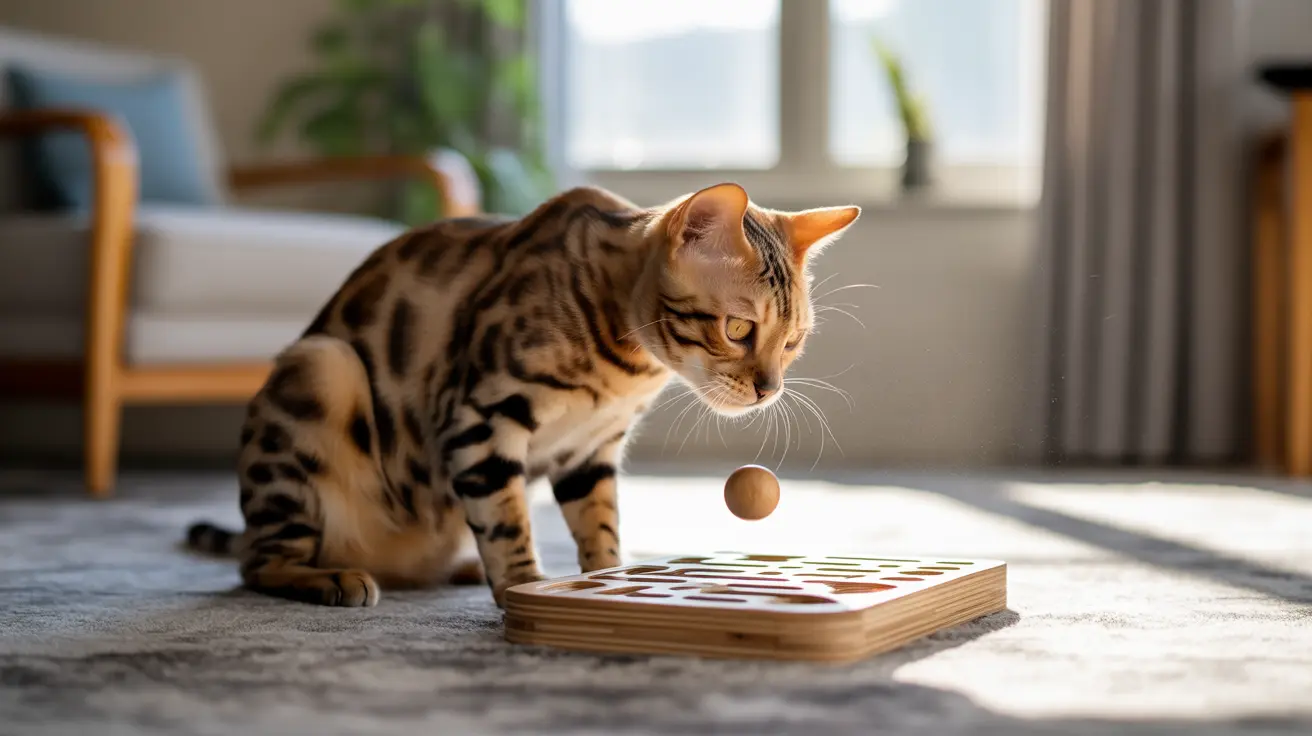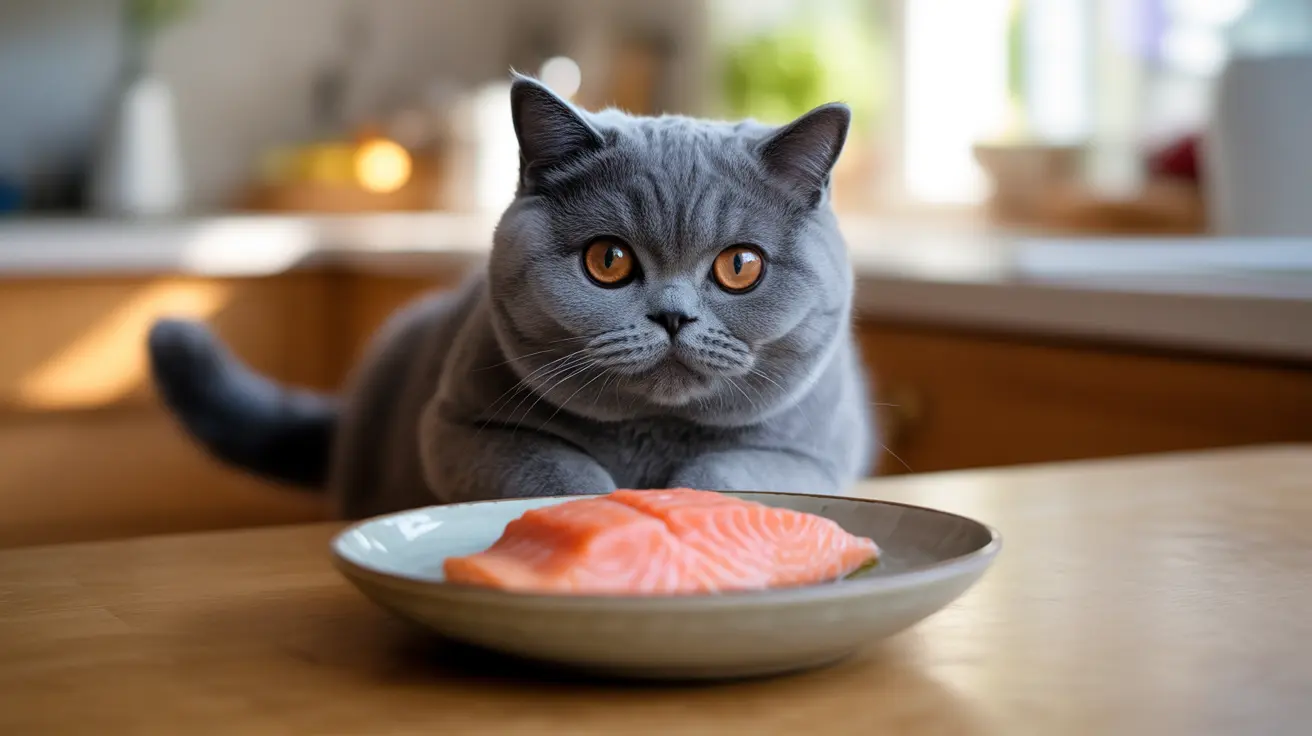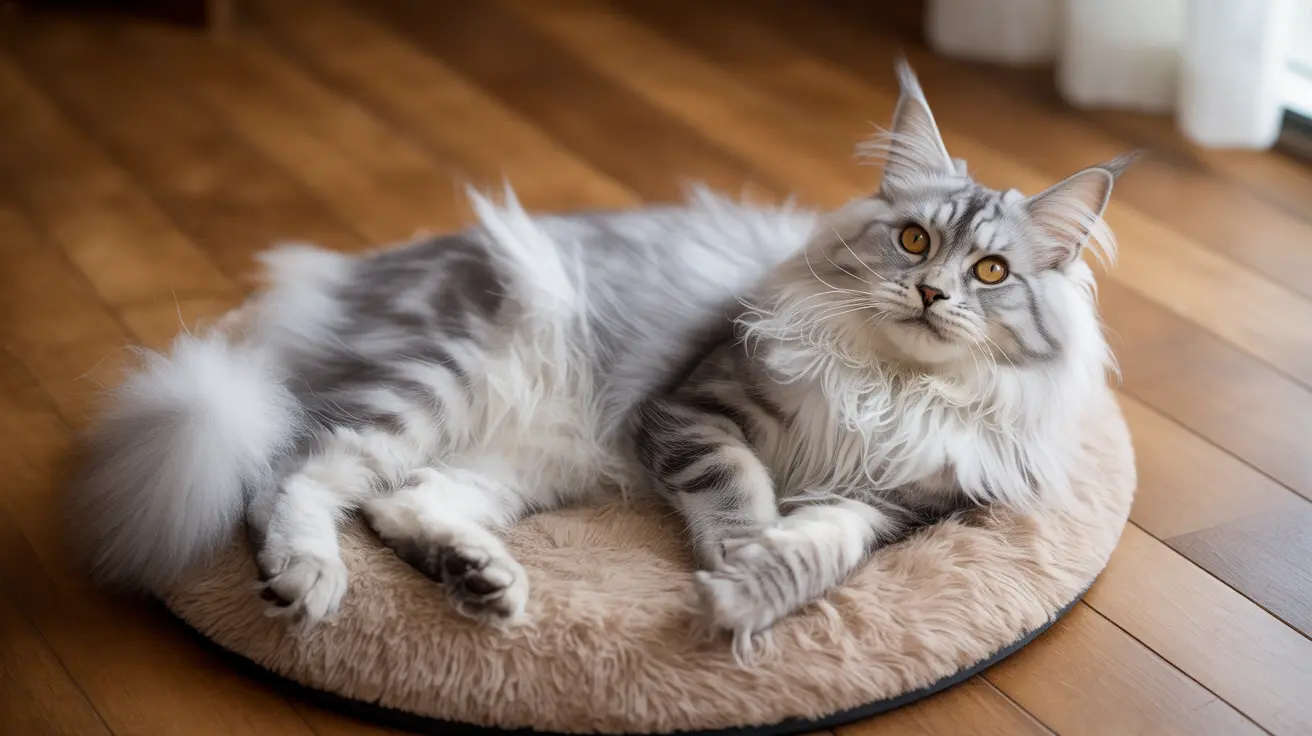How Cesar Millan Potty Trains a Puppy
House training a puppy can be challenging, but Cesar Millan, renowned dog behaviorist, offers effective methods that emphasize leadership, consistency, and empathy. Whether you're dealing with a brand-new pup or a rescue dog unfamiliar with house rules, Millan’s approach focuses on building trust, structure, and communication from the very beginning.
Understanding the Puppy Mindset
According to Millan, the first step is understanding how puppies learn. Puppies are creatures of habit and thrive with routine. They don’t naturally know the difference between indoor and outdoor spaces, so it’s the owner’s job to teach them with clarity and repetition.
Key Elements of Cesar Millan’s Potty Training Approach
- Patience and Calm Energy: Puppies make mistakes, and getting angry only creates fear and confusion. Stay calm and patient.
- Consistent Routines: Take your puppy out at the same times each day—first thing in the morning, after meals, after naps, and before bedtime.
- Supervision and Confinement: Use a crate or a small, enclosed area to prevent unsupervised accidents inside the house. Crates help dogs learn to hold their bladder because they don’t like to soil their sleeping area.
- Frequent Outdoor Trips: Cesar suggests taking puppies outside every hour initially, as well as after any excitement or activity. This gives plenty of opportunities to learn where it’s appropriate to go.
- Use of a Consistent Bathroom Spot: Always take your puppy to the same location to relieve themselves. Familiar smells and area help reinforce the habit of going there.
- Immediate Positive Reinforcement: When your puppy does potty outside, offer praise and a treat within seconds. This strong, instant reward helps build the connection between action and appreciation.
- Observing and Recognizing Signals: Learn to spot when your puppy needs to go—scratching, circling, whining, or sniffing are strong indicators. Act on them quickly.
- Calmly Managing Accidents: If you see your puppy mid-accident indoors, interrupt gently and take them outside. Never punish or rub their nose in it—this damages trust and doesn’t teach.
- Crate Training: According to Millan, crate training is one of the most effective tools in housebreaking. Ensure the crate is not too big, warm, and welcoming. The puppy should see it as a safe, calm place—not a punishment.
- Leader Energy: Maintain calm-assertive energy. Dogs look to humans for leadership. If you're nervous or angry, your puppy may become anxious, delaying progress.
Special Considerations for Older or Rescue Dogs
Cesar Millan highlights the importance of understanding that older dogs may come with established habits. Some rescue dogs may have never lived inside a home. The same principles apply, but owners must be mindful and kind:
- Give the dog time to adjust to the new environment.
- Use a resident house-trained dog as a model when possible—dogs learn by watching others.
- Identify if accidents stem from anxiety, past trauma, or medical concerns.
When to Seek Professional Help
If your puppy continues having frequent accidents or exhibits signs of anxiety, consult a vet to rule out medical causes such as urinary tract infections or digestive issues. Millan also recommends turning to experienced trainers who align with humane, dog psychology-based methods if problems persist.
Common Mistakes to Avoid
- Scolding After the Fact: Dogs live in the moment. They won’t understand why they are being punished if it’s not immediate.
- Inconsistent Schedules: Without routine, puppies can’t build reliable habits.
- Overlooking Supervision: Allowing too much freedom too fast leads to accidents and confusion.
Tracking Progress
Millan believes tracking your puppy’s potty schedule helps identify patterns and ensures you’re adjusting the routine as they grow. Keep notes about when the puppy eats, sleeps, plays, and goes outside.
Conclusion
Cesar Millan’s approach to potty training combines structured routines, positive energy, and a deep understanding of the canine mind. Through clear guidance, calm leadership, and reinforcement, most puppies can be reliably house-trained within a few weeks to months. While every dog is different, staying consistent, observant, and patient is the key to long-term success.





